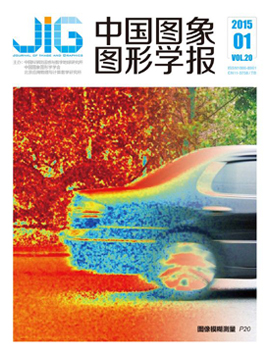|
知识驱动的跨媒体分析与推理研究综述
王树徽1, 许倩倩1, 黄庆明2,1(1.中国科学院计算技术研究所;2.中国科学院大学计算机科学与技术学院) 摘 要
跨媒体分析与推理在网络内容管理和服务等领域具有重要意义。然而现有方法在处理复杂的跨域、异构、多源数据时存在解释性、可回溯性和泛化能力不足的问题。大语言模型尽管在大量跨媒体分析任务中取得了显著成就,但其架构的黑盒属性和训练数据的时效性限制了模型的广泛有效性。相比之下,知识图谱技术以其结构化、语义化和可扩展性的特点,能够提供透明、准确、可回溯的推理过程,从而提高分析的解释性、回溯性和泛化能力。为了更好地促进跨媒体分析与推理研究的发展,本文对知识图谱技术在跨媒体内容分析推理中的应用进行了调研和综述,重点介绍了跨媒体知识图谱构建、表征和泛化推理三个关键问题,并讨论了当前跨媒体知识图谱研究中存在的问题、分析展望了未来的研究方向。
关键词
Knowledge-driven Cross-media Analysis and Reasoning
() Abstract
Cross-media analysis and reasoning are of great significance in fields such as Web content management and service. However, existing methods suffer from insufficient interpretability, traceability, and generalization ability when dealing with complex cross domain, heterogeneous, and multi-source data. Although large language models have achieved significant success in a large number of cross-media analysis tasks, the black box nature of their architecture and the timeliness constraint of training data limit the widespread application of the models. In contrast, knowledge graph technology, with its structured, semantic, and scalable characteristics, can facilitate transparent, accurate, and traceable reasoning processes, thereby improving the interpretability, traceability, and generalization ability. In order to better promote the development of cross-media analysis and reasoning research, this article conducted research and review on the application of knowledge graph in cross-media content analysis and reasoning, focusing on three key issues: cross-media knowledge graph construction, representation, and generalized reasoning. It also discussed the current problems in cross-media knowledge graph research, analyzed and predicted future research directions.
Keywords
Cross-media computing, cross-media knowledge graph construction, cross-media knowledge graph representation, cross-media knowledge reasoning and generalization, trustworthy cross-media intelligence.
|




 中国图象图形学报 │ 京ICP备05080539号-4 │ 本系统由
中国图象图形学报 │ 京ICP备05080539号-4 │ 本系统由